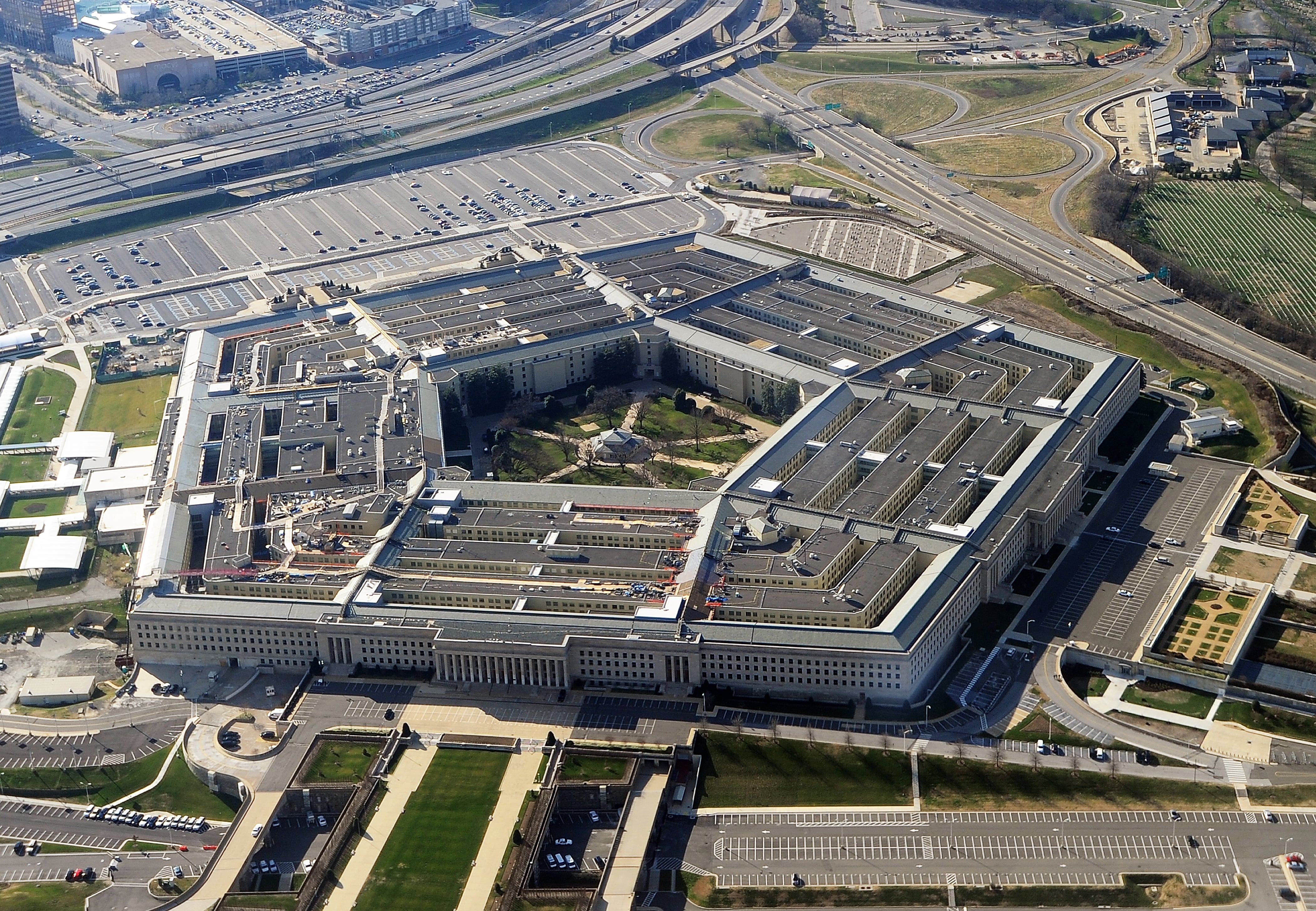Today, the U.S. is supporting a proxy war with Russia while attempting to deter a China cross-strait invasion of Taiwan. Both are wake-up calls that victory and deterrence in modern war will be determined by a state’s ability to simultaneously use traditional weapons systems and rapidly acquire, deploy and integrate commercial technologies (drones, satellites, targeting software, etc.) into operations at every level.
Ukraine’s military is not burdened with the U.S. Defense Department’s decades-old acquisition process and 20th century operational concepts. It is learning and adapting on the fly.
China has made the leap to a whole-of-nation approach. This has allowed the People’s Liberation Army to integrate private capital and commercial technology and use them as a force multiplier to dominate the South China Sea and prepare for a cross-strait invasion of Taiwan.
The DoD has not done either of these. It is currently organized and oriented to acquire traditional weapons systems and execute operational concepts with its traditional vendors and research centers, and it is woefully unprepared to integrate commercial technologies and private capital at scale.
Copying Defense Secretary Ash Carter’s 2015 strategy, China has been engaged in civil-military fusion that employs a whole-of-government, coordinated effort to harness disruptive commercial technologies for its national security needs. To fuel the development of technologies critical for defense, China has tapped into $900 billion of private capital in civil-military guidance (investment) funds and has taken public, state-owned enterprises to fund their new shipyards, aircraft and avionics. Worse, China will learn from and apply the lessons from Russia’s failures in Ukraine.
But unlike America’s arch strategic rival, the U.S. has been unwilling and unable to adapt and adopt new models of systems — attritable systems, autonomous systems, swarms, and other new, emerging defense platforms — and operational concepts — ones that threaten but look beyond legacy systems as well as incumbent vendors, organizations and cultures — at the speed of our adversaries.

Viewing the DoD budget as a zero-sum game has turned the major defense primes and K Street lobbyists into saboteurs for DoD organizational innovation that threaten their business models. Using private capital could be a force multiplier by adding hundreds of billions of dollars outside the DoD budget. The U.S. is on a collision course to experience catastrophic failure in a future conflict because of it. Only Congress can alter this equation.
For the U.S. to deter and prevail against China, the DoD must create both a strategy and a redesigned organization to embrace those untapped external resources — private capital and commercial innovation.
A reorganized and refocused DoD could acquire traditional weapons systems while simultaneously rapidly acquiring, deploying and integrating commercial technologies. It would create a national industrial policy that incentivizes the development of 21st century shipyards, drone and satellite factories, and a new industrial base along the lines of the CHIPS and the Innovation and Competition acts.
Congress must act to identify and implement changes. These include:
- Creating a new defense ecosystem that uses the external commercial innovation ecosystem and private capital as a force multiplier. Leverage the expertise of prime contractors as integrators of advanced technology and complex systems, refocus federally funded research and development centers on areas not covered by commercial tech.
- Reorganizing DoD research and engineering. Allocate its budget and resources equally between traditional sources of innovation and new commercial sources of innovation and capital. Split the Office of the Secretary of Defense’s research and engineering organization in half: Keep the current organization focused on the status quo; and create a peer organization, the “Under Secretary of Defense for Commercial Innovation and Private Capital.”
- Scaling up the new Office of Strategic Capital and the Defense Innovation Unit to be the lead agencies in this new organization. Give them the budget and authority to do so, and provide the services the means to do the same.
- Reorganizing DoD acquisition and sustainment. Allocate its budget and resources equally between traditional sources of production and the creation of new ones from 21st century arsenals — new shipyards, drone manufacturers, etc. — that can make thousands of low-cost, attritable systems.
- Coordinating with allies. Expand the national security innovation base to an allied security innovation base. Source commercial technology from allies.
National power is ephemeral. Nations decline when they lose allies, economic power or interest in global affairs, or when they experience internal or civil conflicts, or miss disruptive technology transitions and new operational concepts.
The case can be made that these are happening to the U.S.
The 1986 Goldwater-Nichols Act is a precedent for Congress reorganizing the DoD. It created the combatant commands. Today, Congress must view the conflict in Ukraine and China’s actions in the South China Sea as a call for action. We urge it to establish a commission to determine what reforms and changes are needed to ensure the U.S. can fight and win our future wars.
While parts of the DoD understand we’re in a crisis, the DoD as a whole shows little urgency and misses a crucial point: China will not defer solving the Taiwan issue on our schedule. Russia will not defer its future plans for aggression to meet our dates. We need to act now.
We fail to do so at our peril and the peril of all those who depend on U.S. security to survive.
Joe Felter and Steve Blank are co-founders of Stanford University’s Gordian Knot Center for National Security Innovation. Pete Newell, former director of the U.S. Army’s Rapid Equipping Force, is the CEO of advisory firm BMNT.








